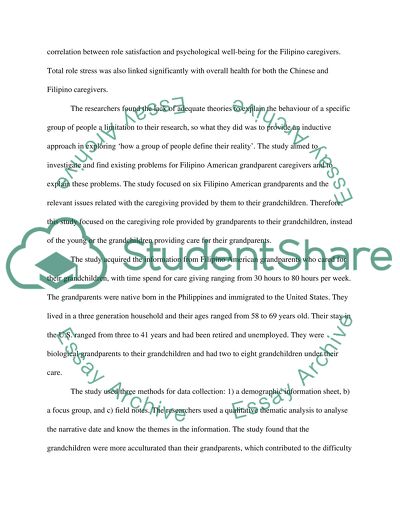Cite this document
(“Care giving for the elders in the filipino american family Dissertation”, n.d.)
Care giving for the elders in the filipino american family Dissertation. Retrieved from https://studentshare.org/sociology/1401958-care-giving-for-the-elders-in-the-filipino
Care giving for the elders in the filipino american family Dissertation. Retrieved from https://studentshare.org/sociology/1401958-care-giving-for-the-elders-in-the-filipino
(Care Giving for the Elders in the Filipino American Family Dissertation)
Care Giving for the Elders in the Filipino American Family Dissertation. https://studentshare.org/sociology/1401958-care-giving-for-the-elders-in-the-filipino.
Care Giving for the Elders in the Filipino American Family Dissertation. https://studentshare.org/sociology/1401958-care-giving-for-the-elders-in-the-filipino.
“Care Giving for the Elders in the Filipino American Family Dissertation”, n.d. https://studentshare.org/sociology/1401958-care-giving-for-the-elders-in-the-filipino.


